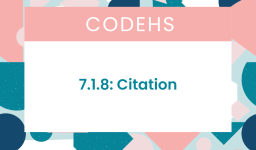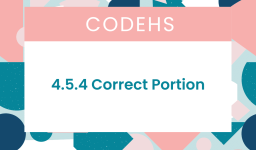The most common answer for the 4.11.4 Snake Eyes CodeHS is:
import random
# Enter your code here
num_rolls = 0
while True:
num_rolls += 1
dice_one = random.randint(1, 6)
dice_two = random.randint(1, 6)
print("Rolled: " + str(dice_one) + " " + str(dice_two))
if (dice_one == 1 and dice_two == 1):
print("It took you " + str(num_rolls) + " rolls to get snake eyes.")
breakIt correctly implements a loop to roll two dice until both dice show a 1, which is referred to as “snake eyes” in dice games. Here’s your code with proper indentation for clarity:
import random
# Initialize variables
roll_count = 0
while True:
# Roll two dice
die1 = random.randint(1, 6)
die2 = random.randint(1, 6)
roll_count += 1
# Print the values rolled
print(f"Rolled: {die1} {die2}")
# Check for snake eyes (both dice are 1)
if die1 == 1 and die2 == 1:
break
# Output the total number of rolls
print(f"It took you {roll_count} rolls to get snake eyes.")
This code will continuously roll two six-sided dice (using random.randint(1, 6)) until both dice come up as 1.
The number of rolls it takes to achieve this outcome is tracked by the num_rolls variable, which is incremented with each roll.
When snake eyes are rolled, the program prints how many rolls it took and then exits the loop with break.
Just run this code in a Python environment to see how it works. The number of rolls it takes to get snake eyes can vary greatly due to the randomness.



